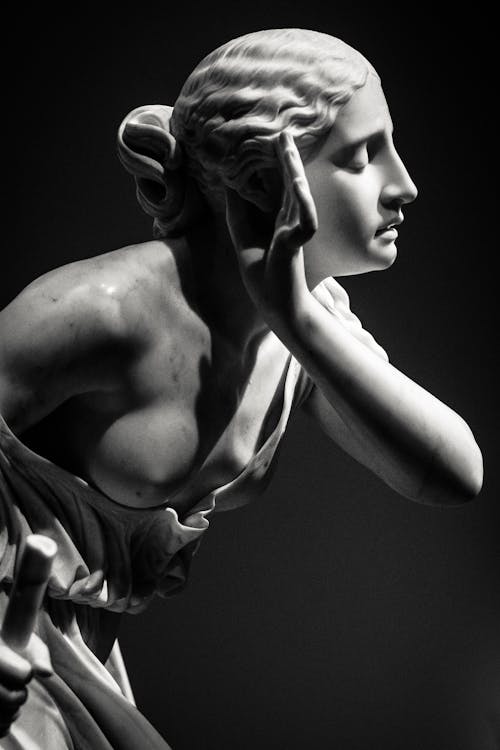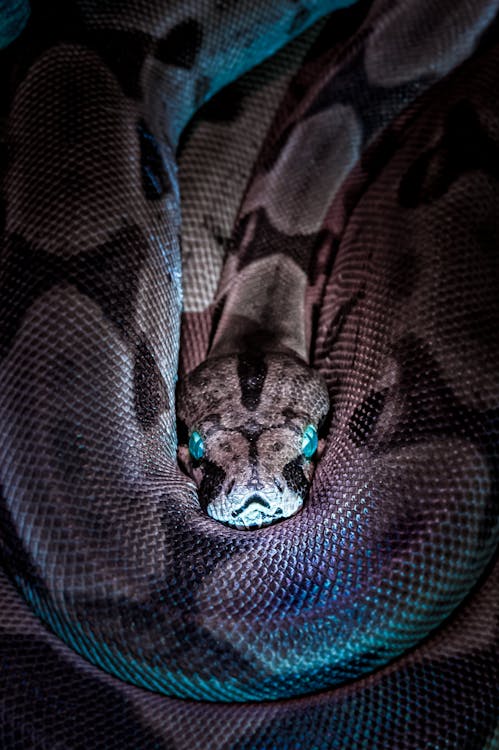After reading the selection of anthology stories, I chose these three stories as my favorites. I have a few observations. With these stories, I noticed there isn’t a lot of description, which is understanding for the length. However, I love descriptions even if it's a simple sentence of how the characters or the worlds appear. I want to know what each writer picture in their heads.
Origins
 |
| (Image Information: image by eberhard grossgasteiger) |
The Man in the Moon
Laos: The Man in the Moon by Katherine Neville Flesson (1899).
Metamorphosis
 |
| (Image Information: image by Zack Jarosz) |
Pygmalion
This story is the explanation as to where the city of Paphos took its name.
The intention of this story, I think it meant to be one of romance. However, the modern audience may think it creepy and odd for a man to fall in love and lust for his art.
The main character prays to the gods and is intently rewarded with no ill-suited consequences.
Fairy Tales
 |
| (Image Information: image by Jan Kopřiva) |
The Three Roses
The Key of Gold: The Three Roses by Josef Baudis (1922).
The resemblance to the french Beauty and the Beast is almost uncanny even down to the details of having three daughters, the rose, and the sacrifice of the beast-like character's life.
Near the end of the story, there is an element of romance with Mary and the beast (man) character getting married.
The rule of three appears again in this story. First, Mary is told to nurse him for three hours every day. Then, the basilisk continued to come back for three days and made an offer of removing his head on the third day.
By allowing Mary to take initiative by going to the basilisk or cutting off the head, the author gives the character more to do and therefore making her an active character.
Comments
Post a Comment